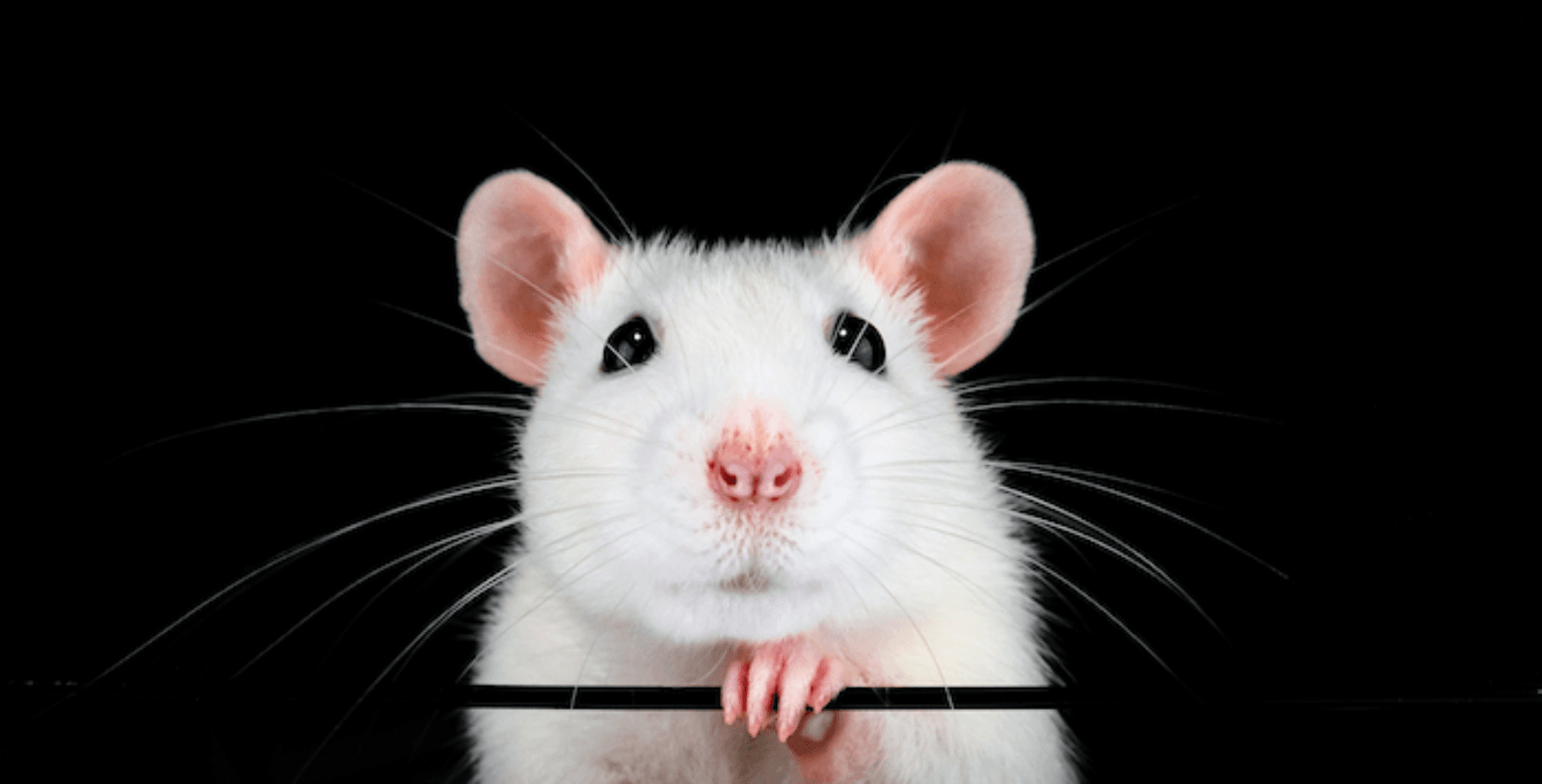Decision-Making and the Developing Brain
by Lindsay Borthwick
How researchers journey into the roots of imagination, decision-making, and the developing brain

The Author
In the past few weeks, new work published by Kavli-affiliated researchers documents their journeys into the roots of imagination, decision-making and developing brain (and brain-like) tissue.
Brain organoids, which are tiny, three-dimensional clusters of neurons grown in a lab dish, are the focus of intense interest—even hype—because they may offer a way to study human brain function and dysfunction. However, a new study, published by a leader in the field, suggests that promise may be overblown. Principal investigator Arnold Kriegstein, a member of the Kavli Institute or Fundamental Neuroscience at the University of California, San Francisco, found that the organoids produced a variety of ways fail to replicate the array of cellular subtypes, organization and circuitry typical of the developing brain. Cells in the organoids also exhibited signs of stress, suggesting researchers need to change how they grow the tissue.
A recent article in Quanta magazine explores collaborations between ethicists and biologists that aim to head-off issues raised by organoids as they become increasingly similar to human brain tissue. It features Alysson Muotri, a University of California, San Diego neuroscientist (and member of UCSD’s Kavli Institute for Brain and Mind) we profiled last year, just as he was sending organoids to the International Space Station. Muotri, who has documented patterns of electrical activity in organoids, has organized conferences to connect stem biologists, ethicists and consciousness researchers to grapple with questions raised by this new frontier of brain research.
- Root of Imagination
“Imagination is fundamental to decision-making, but so far neuroscience hasn’t given a good explanation of how the brain generates imagined futures in real time to inform various kinds of everyday decisions — while keeping track of reality...”
—Loren Frank, co-director of the Kavli Institute for Fundamental Neuroscience at the University of California San Francisco
Frank led a new study in rats that informs our understanding of decision-making and imagination. His team recorded the activity of “place cells” in the hippocampus, which typically signal an animals’ location in three-dimensional space. The researchers observed a rapid switching back and forth between place cells at forks in a maze—places where the animal had to make a decision to go left or right—something that hadn’t been observed before. The cells’ activity patterns suggested the animals were imagining present and possible paths they could take. Many more experiments are needed to confirm the hypothesis, but the researchers say the hippocampus, a brain area associated with learning and memory, could be the root of imagination.
- “Where I Work”
In January, Carla Shatz, a recipient of the 2016 Kavli Prize in Neuroscience for her research on brain plasticity, was featured in Nature. Photographed in her office at Stanford University, Shatz commented: “The order of my desk symbolizes an orderly mind. Because of that, my mind has room to notice things that don’t fit the pattern. This is partly why my lab has been able to think outside the box and has worked on themes that don’t fit the expected.”
- A Fish Tale
A team of researchers at The Rockefeller University was able to predict whether a zebrafish would turn left or right while completing a simple behavioral task based on an analysis of the fish’s brain activity. The study, led by Alipasha Vaziri, associate director of Rockefeller’s Kavli Neural Systems Institute, is a step toward understanding how the brain makes decisions. Studying the relationship between neural activity and decision-making is extremely difficult in most organisms. But using zebrafish larvae, which are transparent, the team was able to image the activity of every cell in the organism’s nervous system while the fish swam, and then to make predictions about its behavior based on patterns in those data.
